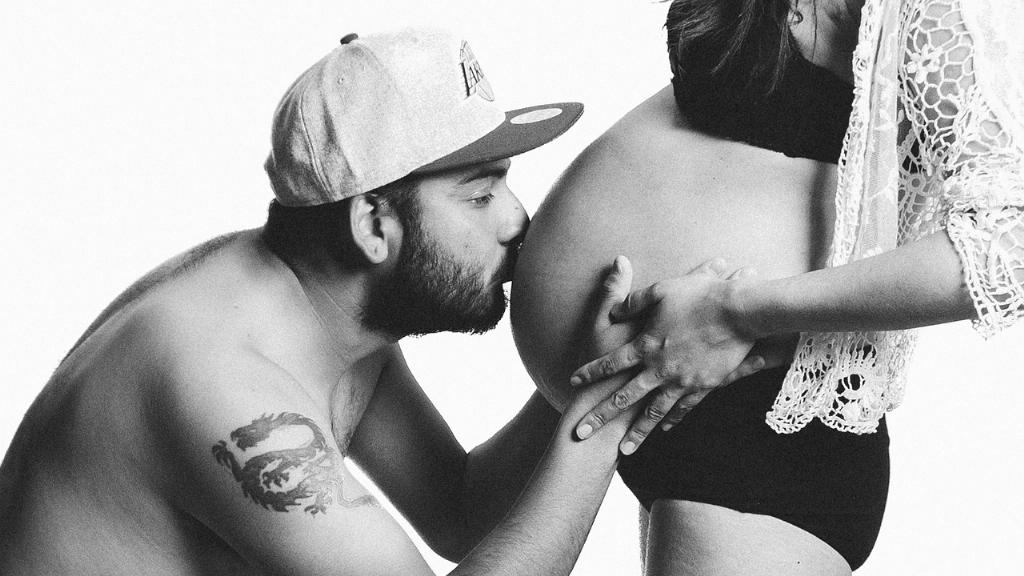When it comes to where the incision should be made for a Caesarean section, there are a few key factors to consider. One of the most important decisions is the type of incision that will be most appropriate for your individual circumstances. There are two main types of incisions that are commonly used: the vertical incision and the horizontal incision. Each of these has its own benefits and drawbacks, and the choice between them will depend on various factors.
The Vertical Incision
The vertical incision, also known as the classic incision, involves a cut that runs from between your navel to your pubic line. This type of incision was once the standard approach for C-sections, but it is now less commonly used. One of the main advantages of the vertical incision is that it provides better access to the uterus, which can be beneficial in certain situations where there may be complications during the procedure.
The Horizontal Incision
The horizontal incision, often referred to as the bikini cut, is made side-to-side in the lower abdomen. This type of incision has become more popular in recent years due to its cosmetic benefits. The horizontal incision tends to result in a smaller scar that is easier to conceal, making it a preferred choice for many women. Additionally, this type of incision may lead to less postoperative pain and a quicker recovery time.
Factors to Consider
When deciding where the C-section incision should be, your healthcare provider will take several factors into account. These include the reason for the C-section, your medical history, any previous abdominal surgeries you may have had, and the possibility of future pregnancies. It is important to discuss these factors with your healthcare provider to determine the best incision type for your specific situation.
Individualized Care
It’s crucial to remember that every woman’s body is unique, and what works well for one person may not be the best choice for another. Your healthcare provider will work closely with you to ensure that the C-section incision is placed in the most appropriate location based on your individual needs and circumstances. Personalized care is key to a successful C-section experience.
Recovery and Healing
Regardless of the type of incision used, proper care and attention during the recovery period are essential. Following your healthcare provider’s instructions for postoperative care will help promote healing and reduce the risk of complications. It’s important to give yourself time to rest and recover fully before returning to your regular activities.
Consultation and Communication
Open and honest communication with your healthcare provider is crucial throughout the entire process. If you have any concerns or questions about where the C-section incision should be, don’t hesitate to bring them up. Your healthcare provider is there to support you and provide guidance to ensure a safe and successful delivery.
Emotional Considerations
The placement of the C-section incision can also have emotional implications for some women. It’s normal to have mixed feelings about undergoing a surgical procedure, and the location of the incision may play a role in how you feel about the experience. Remember to take care of your emotional well-being and seek support if needed.
Scar Management
After the C-section, proper scar management can help minimize the appearance of the incision site over time. Following your healthcare provider’s recommendations for scar care, such as keeping the area clean and moisturized, can help promote optimal healing and reduce the visibility of the scar.
Long-Term Effects
While the incision site may seem like a small detail in the grand scheme of childbirth, it can have long-lasting effects on your body and emotional well-being. Being informed and proactive about where the C-section incision should be can help you make the best decisions for yourself and your baby.
Final Thoughts
In conclusion, the decision of where the C-section incision should be made is an important one that should be carefully considered in collaboration with your healthcare provider. By weighing the benefits and drawbacks of different incision types, discussing your individual circumstances, and prioritizing your well-being, you can ensure a positive and successful C-section experience. Remember that you are not alone in this journey, and support is available every step of the way.

